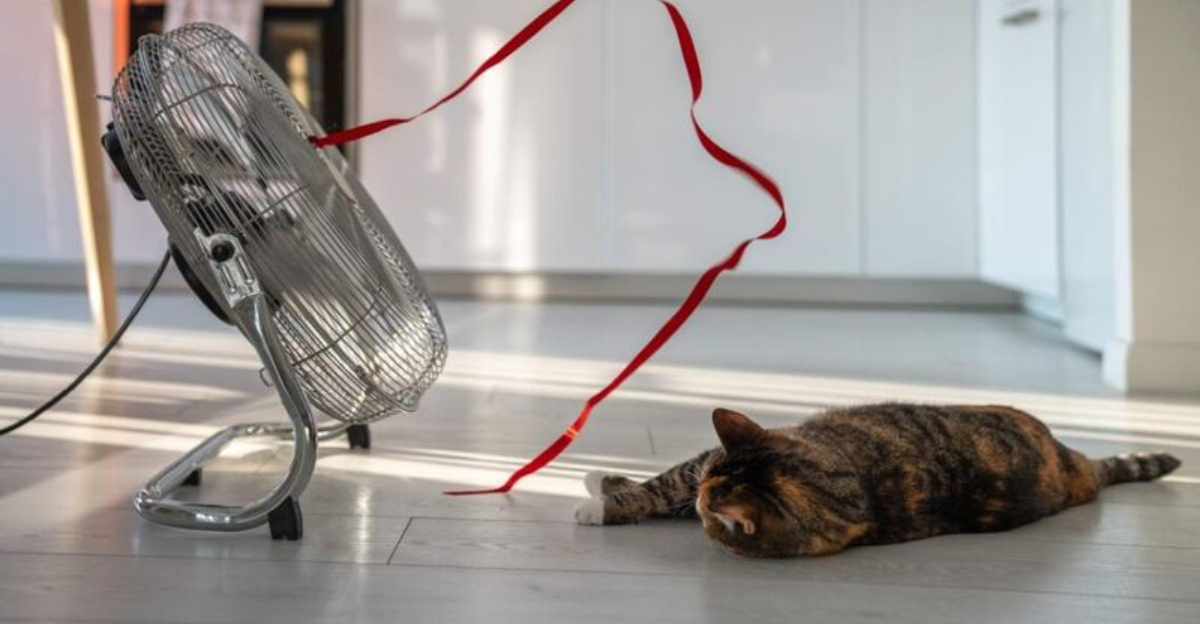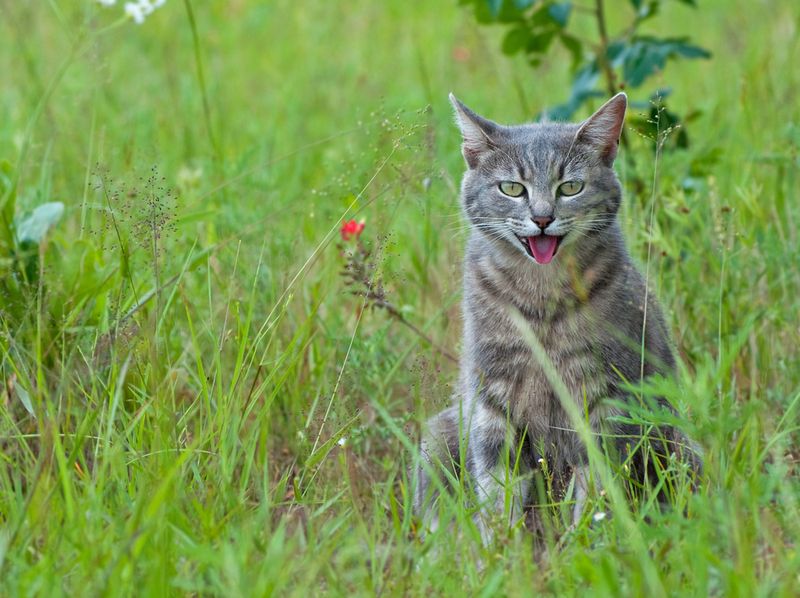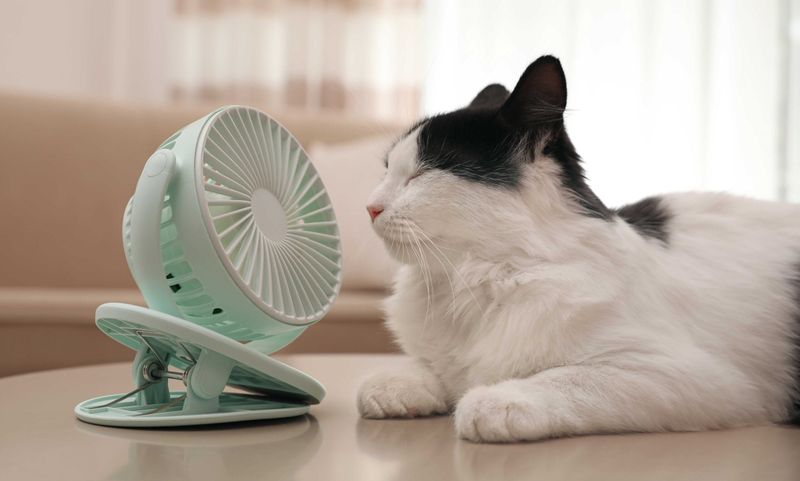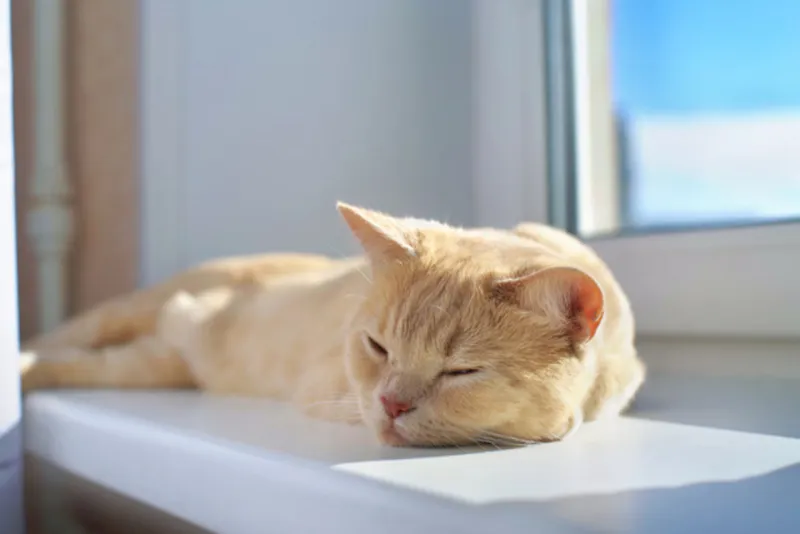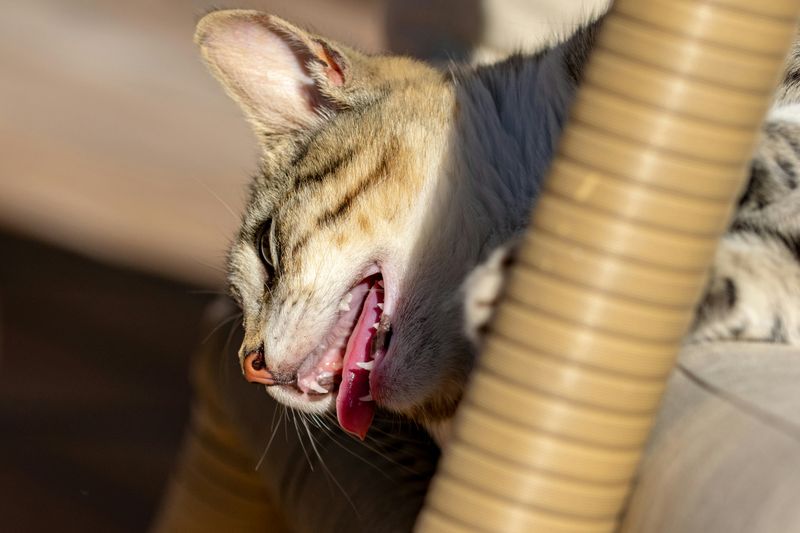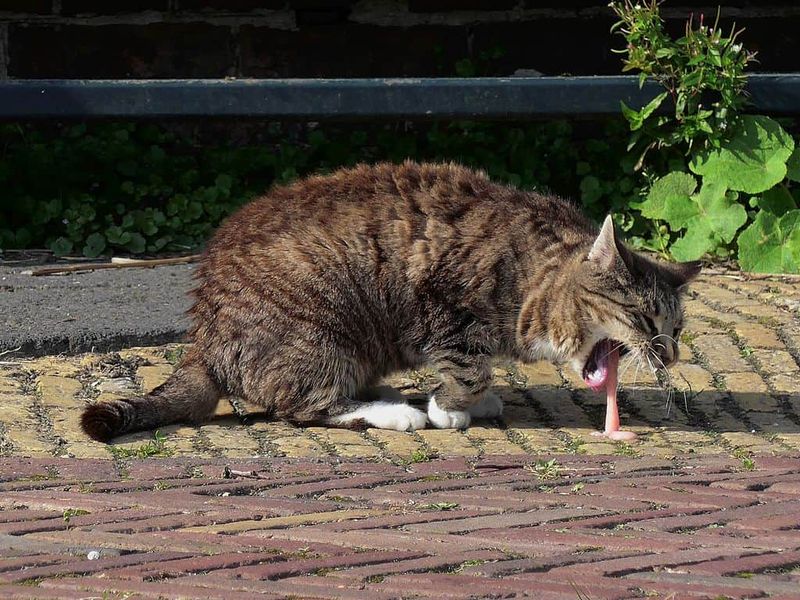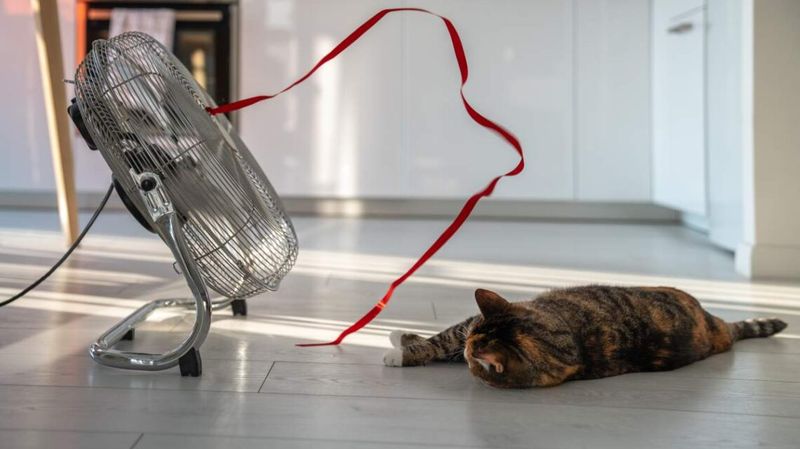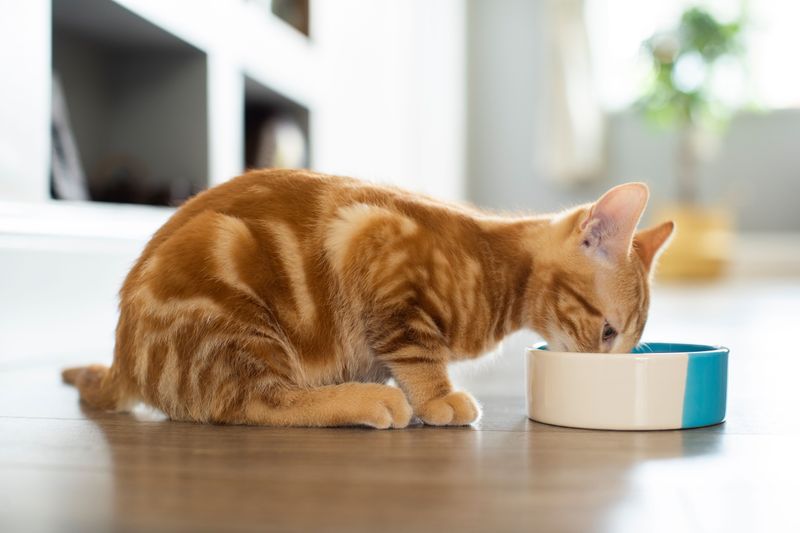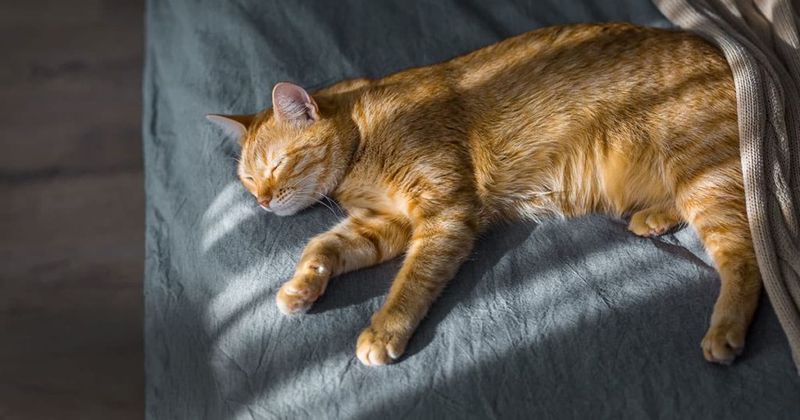📖 Table of Content:
Summer brings long, sunny days, warm breezes, and—for our feline friends—a hidden danger: heatstroke. While cats are known for finding the coziest, sunniest spots in the house, too much heat can quickly overwhelm their sensitive systems. Unlike dogs, cats are less obvious when they’re in distress, which means you need to pay extra attention when the temperature climbs.
Even indoor cats aren’t immune to overheating, especially in poorly ventilated spaces or during power outages that disable fans and air conditioning. Cats don’t sweat like we do, and their thick fur coats make it harder to regulate internal body temperature. Understanding how cats signal distress and knowing what to do about it could make the difference between a comfortable nap in the sun and a dangerous medical emergency.
This guide outlines five critical signs that your cat may be overheating—and just as importantly, three easy and effective ways to help keep them cool during the sweltering summer months. Whether you’re a first-time cat parent or a seasoned feline aficionado, these tips will arm you with the knowledge to protect your pet from the perils of heat.
1. Excessive Panting or Drooling
Panting in cats is not typical behavior and should always raise a red flag. When your cat starts breathing through an open mouth or drooling in strings or puddles, it’s trying to cool down in a state of distress. Saliva buildup combined with labored breathing points to an attempt to regulate internal temperature. Unlike dogs, who pant naturally, cats reserve this for moments of true discomfort. Observing this kind of respiratory effort is often your first visual cue that something is wrong. Pay attention especially after your cat has been in a sunny area or has engaged in even mild play on a warm day. Immediate action—such as moving them to a cooler place—is crucial to prevent escalation.
2. Lethargy and Weakness
Changes in energy levels can reveal a lot about a cat’s condition. When a normally curious, agile cat suddenly becomes still or listless, it’s cause for concern. Heat exhaustion slows down their system, leading to disorientation and a lack of movement. They may lie flat and refuse food or water, which only makes the condition worse. Sometimes, they’ll even avoid you altogether, retreating into strange spots in an attempt to find cool surfaces. Take note if they’re ignoring toys, skipping meals, or struggling to walk upright. Each of these could signal that their body is shutting down to conserve energy under heat stress.
3. Rapid Heart Rate or Breathing
Signs of cardiovascular distress in cats can be subtle yet severe. Feel your cat’s chest gently—if the heartbeat seems unnaturally fast or their breathing is shallow and rapid, it’s a warning. Increased respiratory rate is the body’s emergency response to overheating. Often, you’ll notice their sides rapidly expanding and contracting while they lie still. This symptom might appear before more visible signs like panting or vomiting. Acting quickly here can prevent full-on heatstroke, which may require hospitalization. Keep your vet’s number handy in case this symptom develops suddenly.
4. Red or Pale Gums
Color changes in your cat’s gums can tell you a lot about their circulation and oxygen levels. Normally, a cat’s gums should be a healthy pink—anything else is a potential emergency. Bright red gums suggest increased blood flow in an effort to cool the body, while pale or bluish gums can indicate oxygen deprivation. Check by lifting their lip gently and observing under a light. If the color appears abnormal, it’s a strong clue that their body is struggling. This sign often appears alongside other symptoms like lethargy or drooling. Do not delay in seeking veterinary help if gum color is off.
5. Vomiting or Diarrhea
Digestive distress is a late-stage indicator of serious overheating. When the body becomes overwhelmed, it may start shutting down non-essential systems—like digestion—leading to vomiting or diarrhea. These symptoms can quickly cause dehydration, compounding the danger. Don’t assume it’s something your cat ate; in hot weather, always consider heatstroke as a possible cause. Vomiting may be accompanied by heaving sounds and retching, while diarrhea might come with a noticeable loss of appetite. Either case indicates the need for immediate intervention and fluid replacement. A vet visit is non-negotiable at this point.
1. Provide Shaded, Ventilated Spaces
Start by evaluating your home’s hot spots and how much airflow your cat has access to. Ensure that curtains or blinds are drawn during peak daylight to reduce indoor temperatures. Fans and open screened windows create a cooling breeze your cat can benefit from. You can also use cooling pads or mats in favorite napping areas for added comfort. Cats instinctively seek out cool surfaces—try placing ceramic tiles in their resting spots. Avoid closed, poorly ventilated rooms, especially those with limited access to drinking water. Always allow your cat to move freely between cooler and warmer areas so they can self-regulate.
2. Hydration is Key
Water is your cat’s best defense against rising temperatures. Encourage frequent drinking by placing multiple water bowls throughout the house. Some cats prefer moving water, so consider a pet fountain to make drinking more appealing. Adding ice cubes to their water bowl can make it extra refreshing and fun to paw at. Wet cat food, which contains higher moisture levels than kibble, is also a great option during hot months. Keep bowls clean and out of direct sunlight to maintain a cool temperature. Monitor intake to ensure your cat isn’t avoiding fluids due to stress or heat fatigue. Prompt hydration helps regulate internal temperature before danger strikes.
3. Cool-Down Tactics
Try offering passive cooling methods that don’t disturb your cat’s natural routine. Lay down damp towels in their sleeping areas or gently wipe them with a wet cloth, focusing on the paws and belly. You can also freeze a water bottle, wrap it in a towel, and place it near where your cat lounges. Avoid using fans directly pointed at them—some cats dislike the breeze and may become stressed. Cooling mats available at pet stores are another excellent investment. Never force your cat into cold water or bathe them unless advised by a vet. Let them choose the method of relief while you provide the tools to stay comfortable.
